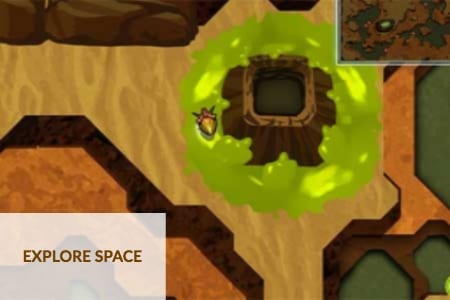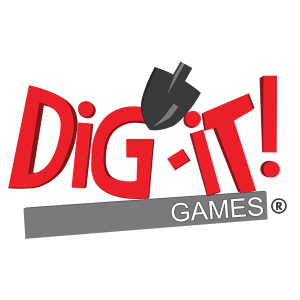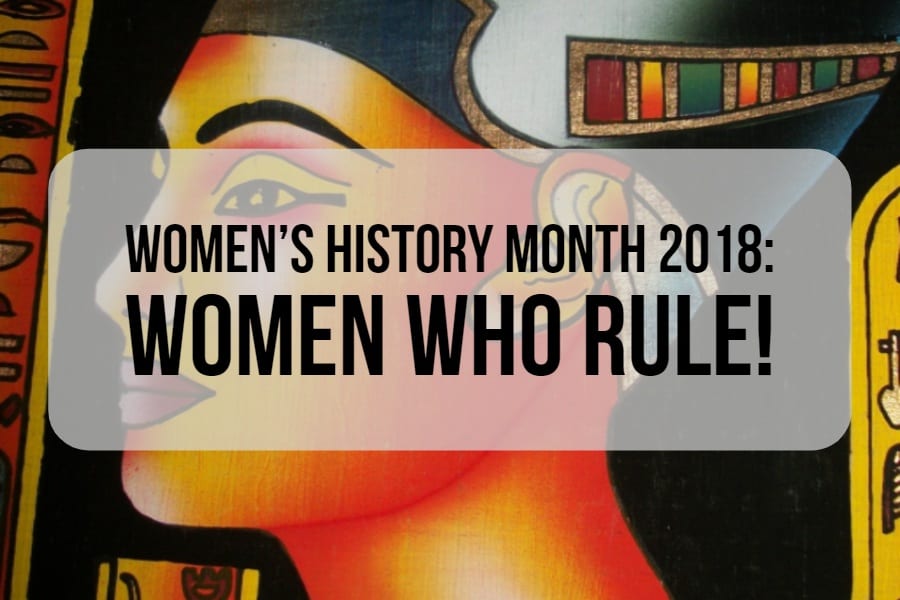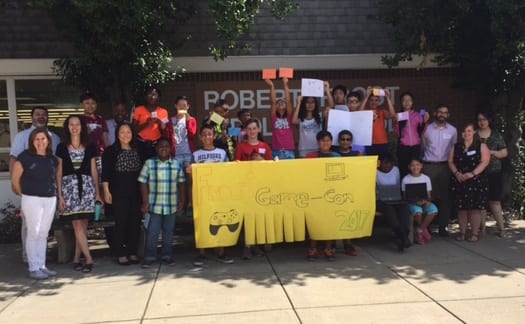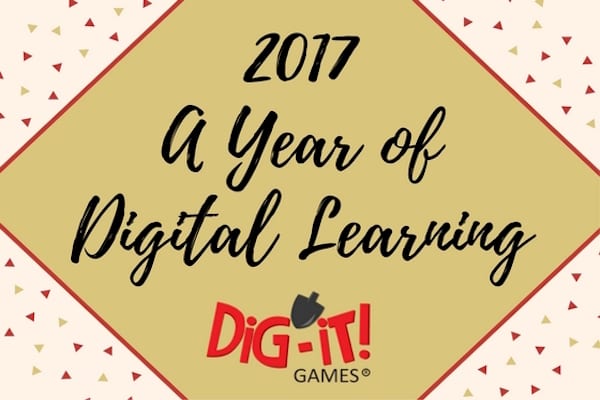Women’s History Month: Our Female Game Developers
Last year, during Women’s History Month, we featured many of our female game developers and other employees in short profiles over three separate blogs. In celebration of this year’s Women’s History Month, we re-share these profiles to show our appreciation of our talented employees and to showcase these successful women who have thrived in the gaming industry and other STEM-related fields.
Sara Platner
 Growing up I was always pushed towards the math and sciences because I naturally good at them, but my heart always called to more creative pursuits. My mother gave me the wise advice that “If you do what you love for work, it’ll become your work and not what you love.” With that in mind, I applied to engineering programs across the east coast, before coming across a school that featured a Game Design and Development major. Although heavily computer science based, the major also taught design, animation, 3D modeling, audio, and narration. Instantly, I knew it was a perfect match: a field both technical and creative.
Growing up I was always pushed towards the math and sciences because I naturally good at them, but my heart always called to more creative pursuits. My mother gave me the wise advice that “If you do what you love for work, it’ll become your work and not what you love.” With that in mind, I applied to engineering programs across the east coast, before coming across a school that featured a Game Design and Development major. Although heavily computer science based, the major also taught design, animation, 3D modeling, audio, and narration. Instantly, I knew it was a perfect match: a field both technical and creative.
I loved college and consider it to be some of the best years of my life! Starting my freshman year, my major was 11% female: 22 girls to 220 boys. I would never have more than 4 girls in a core class, and my major’s labs were often entirely male. It might seem intimidating, but it really wasn’t. Guys are just guys, and I balanced them out by joining a sorority.
Since graduating from college, I’ve been working at Dig-It! Games creating science and history video games. Due to the small size of the company, I’ve been able to be involved in nearly every process: Development, Design, Research, Script Writing, QA, and Production. I would definitely encourage young women to pursue a career in the technology field. Obviously computer science is incredibly technical and difficult, but so is becoming a doctor or a lawyer; so is everything worth doing!
Melanie Stegman
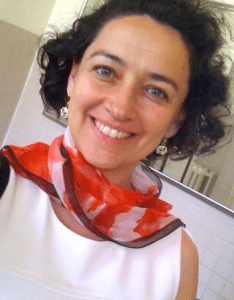 I started learning to code in C# when I was 44 years old. While I learned some BASIC coding in high school, I found the whole process stupid and boring. While I knew that the Atari games I loved were created by programming, I couldn’t connect to it. My 17-year-old self wanted to solve important, complicated problems. Real, important problems that required creative thinking were problems like: What causes cancer? What makes us feel stressed out? How does stress affect our immune system? Could we optimize our immune system to fight cancer better? So I threw myself into biochemistry. I loved it. I worked every single day for 3 years. Then, for the next 7 years, I decided to always take a whole ½ a day off every weekend.
I started learning to code in C# when I was 44 years old. While I learned some BASIC coding in high school, I found the whole process stupid and boring. While I knew that the Atari games I loved were created by programming, I couldn’t connect to it. My 17-year-old self wanted to solve important, complicated problems. Real, important problems that required creative thinking were problems like: What causes cancer? What makes us feel stressed out? How does stress affect our immune system? Could we optimize our immune system to fight cancer better? So I threw myself into biochemistry. I loved it. I worked every single day for 3 years. Then, for the next 7 years, I decided to always take a whole ½ a day off every weekend.
Whenever I interacted with non-scientists, people always said the same two things to me: 1) You don’t look like a scientist and 2) I have no idea what you are talking about. The second statement bothered me more, because what I was talking about were things that effect everyone every single day: cells, receptors, molecules in our bodies. So, I decided the big complicated problem I would focus on would be teaching the average person how cells, receptors and molecules work. If everyone had this basic vocabulary then we could talk about health, the environment, and funding for research much more clearly.
At the Federation of American Scientists (FAS) as the Director of the Learning Technologies Program, I conducted research on learning and confidence gains in players of the game Immune Attack. I published my research, designed and developed a follow up game called Immune Defense. When the FAS decided not to work on learning games any longer, I chose to become an indie (independent) game developer.
The Transition to Game Development
Starting a career as indie game developer, I learned repeatedly that game development is difficult and time-consuming. Also, I learned (again) how difficult and time consuming writing grants can be. In November 2016, I started working at Dig-It Games. Here at DIG we share similar goals: make games that teach important concepts that people really enjoy playing. My brain is challenged, my colleagues are a ton of fun, and I learn new things every minute.
In my own time, I still work on my own molecular biology games. I continue to be a very happy “woman in tech.” And yeah, everyone still says I don’t look like a game developer, just like they used to say I didn’t look like a biochemist. Scientists and engineers on TV and movies still are usually men… the people doing the cool, meaningful things in stories are usually men. (Except for that fantastic Hidden Figures book/movie!)
Let me just tell you, it is a lot easier to ignore those voices of doubt when you have colleagues around you who treat you with respect. Find a place where people respect you, and don’t try to tough it out in an unfriendly environment. There are many places looking for people who enjoy solving problems, who help their colleagues face new problems. Wherever you are now you are gaining experiences that you can use in the future for solving new problems. Keep learning and keep looking for new jobs.
Just a thought: maybe we female tech people should wear shirts saying “This is what a game developer, graphic artist, QA expert, educational technical researcher, CEO looks like!”
Suzi Wilczynski
 Everything I know about entrepreneurship I learned from my mother. Ok, that may be a slight exaggeration, but the fact is, most of what I needed to know to found an educational gaming company I really did learn from my mother, without either of us truly intending it.
Everything I know about entrepreneurship I learned from my mother. Ok, that may be a slight exaggeration, but the fact is, most of what I needed to know to found an educational gaming company I really did learn from my mother, without either of us truly intending it.
My mom never developed a game, but she incorporated all the parts of good educational game design into her work teaching students with learning disabilities: building skills, measuring and rewarding progress, engaging all types of learners, and developing age-appropriate content and expectations. Her example has helped me build games that are recognized by industry experts as seamlessly blending fun and learning and that fill a gap in the market for authentic, skills-based, interactive games that are tailored for how middle school students think and learn.
I learned many things from my mother, but perhaps the most important is one of the most basic qualities of entrepreneurship: perseverance. My mom went from being a part time tutor to founding and running the Study Skills department at a prominent private school. She believed profoundly in her mission and overcame many challenges and obstacles to accomplish her goals. Her example was inspirational for me as I founded and grew my business.
I did not set out to be a business owner. I started out as a teacher looking for a tool for my middle school classroom, but I couldn’t find one. So I built it, thus starting my new career as the owner of a tech startup.
Starting Dig-It! Games
I founded Dig-It! Games because I want to change how history and science are taught. My vehicle is largely archaeology, but my purpose is to truly make a difference in how we think about education. I chose archaeology as a tool because it’s something I’m passionate about, but also because archaeology is a combination of science and humanities. It’s my belief that if we introduce kids to the scientific process in a non-threatening way, they will have more confidence in math and science classrooms.
By way of archaeology, we can teach kids how to think–how to analyze, think critically, process information, communicate findings–skills that are the building blocks of all learning. Through our archaeology and history games games kids learn scientific process and historical analysis skills, while improving reading comprehension and building historical knowledge, all in a way that sparks their imagination and engages their attention. Learning should be fun–Dig-It! Games is on a mission to ensure that it is.
Women in Tech: To Aspiring Female Game Developers and More
Words from Suzi Wilczynski
To all the young women out there who want to pursue careers in STEM or who dream of being entrepreneurs: the best thing you can do is explore. Try everything. Try things that stretch your limits and push you out of your comfort zone. Attempt things you think you’d never in a million years have an interest in—you might be quite surprised. Explore multiple fields and experiment with new ones. Think creatively about where you fit and how to best use your skills. Not everyone is good at everything; it’s ok to decide something isn’t your thing, as long as you don’t give up on exploring other options.
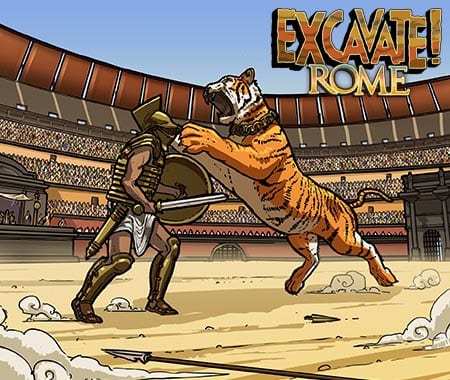 A key thing to remember is that failure is part of the learning process. So often we are taught that failure is a stopping point when in fact it’s actually the best way to grow. We learn so much more from failure than from success, but schools, and society, are not built around that concept. So don’t be afraid to try new things. You will fail at some of them, but then you’ll pick yourself up, evaluate what you learned and try again. The great secret of success is that it’s a process, there’s no straight line and every path is different. You may have to try a lot of things and fail often to find your path, but as long as you keep at it, consider yourself a success.
A key thing to remember is that failure is part of the learning process. So often we are taught that failure is a stopping point when in fact it’s actually the best way to grow. We learn so much more from failure than from success, but schools, and society, are not built around that concept. So don’t be afraid to try new things. You will fail at some of them, but then you’ll pick yourself up, evaluate what you learned and try again. The great secret of success is that it’s a process, there’s no straight line and every path is different. You may have to try a lot of things and fail often to find your path, but as long as you keep at it, consider yourself a success.
In Summary
It’s important to remember that, even though they are underrepresented, women are welcomed and can thrive in technological fields. As time goes on, demand increases for female game developers, female biochemists, female archaeologists, female programmers and more. Diversity helps create better products after all! Dig-It! Games encourages all girls out there to pursue their dreams, whatever they might be.


